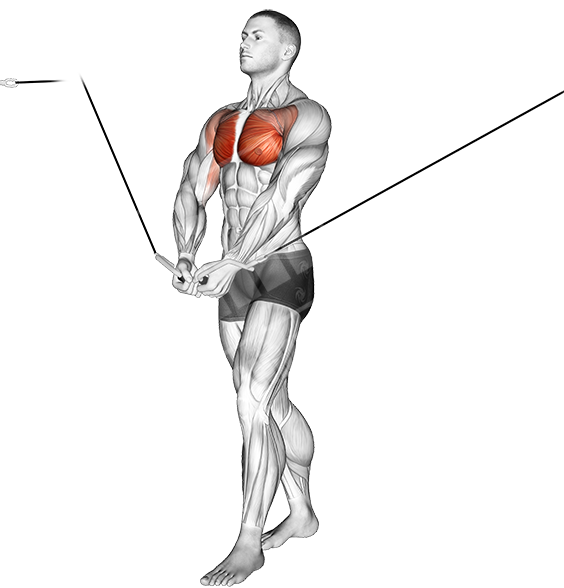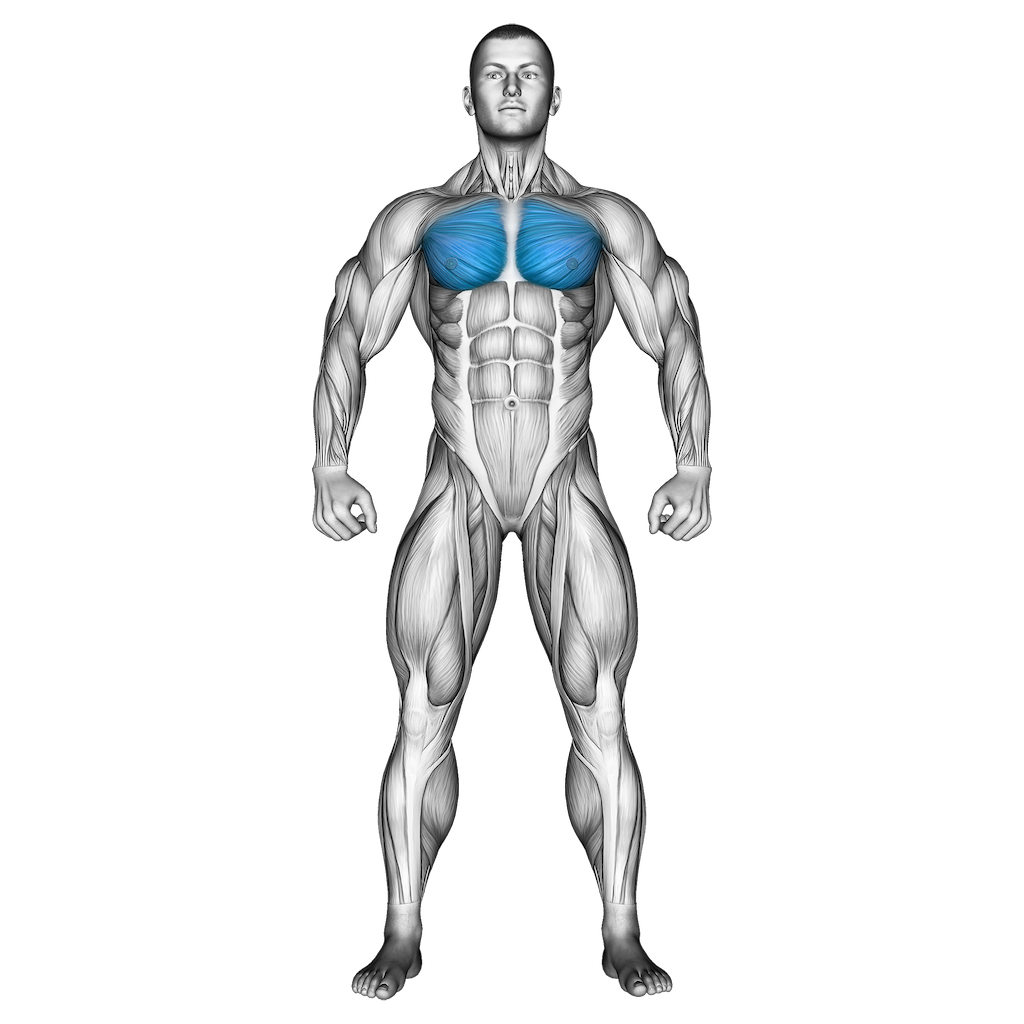
Want to hit the ball farther, have more control, and play with less risk of injury? Strength training might be the missing piece of the puzzle. In this article, we’ll walk you through the best golf strength training exercises to help improve your golf swing.
Whether you’re just starting out or you’re looking to fine-tune your game, these exercises will boost your power, stability, and mobility. Ready to get stronger and play better? Let’s dive in!
Golf Strength Training Exercises: What Are They and Why Do You Need Them?
Golf strength training exercises are all about making your muscles stronger. They help you build power, which is super important for your golf game. There are various methods to improve muscle strength as follows:
- Resistance Training: This involves using weights, like dumbbells, kettlebells, or resistance bands to make your muscles work harder.
- Bodyweight Exercises: These use your own body weight, like squats, lunges, push-ups, and planks.
- Isometric Exercises: These exercises make your muscles work without moving them, like holding a plank or pressing against something solid.
All of this helps challenge your muscles to get stronger. And, when your muscles get stronger, it’ll make a big difference in your golf swing.
Why Golf Strength Training Is Important for Your Golf Game
Technique and practice are paramount for building golf swings. However, strength is what helps you hit the ball harder and more accurately. Here’s why strength training is key for golfers:
- More Speed with the Clubhead: The stronger your legs, glutes, and core are, the more power you can generate. This power helps you swing faster and hit the ball farther.
- Better Stability and Balance: A strong core and lower body give you a solid base for your swing. This helps you stay balanced and make more consistent contact with the ball, even on uneven ground.
- Improved Power Transfer: The golf swing is all about transferring energy from the ground up through your legs, core, and arms to the club. Strength training makes this power transfer smoother, giving you more distance and accuracy.
- Preventing Injuries: Golf involves a lot of repetitive motions, which can strain certain areas of your body. Strengthening muscles around vulnerable joints, like your back and shoulders, can help prevent injuries and keep you playing longer.
- More Endurance: Golf can be tiring, with hours of walking and swinging. Strength training builds endurance so you can keep your energy up and maintain good swing mechanics throughout the whole game.
By working on your strength, you’ll make it easier to use your swing mechanics more consistently. This will lead to better accuracy, more distance, and a lot more fun on the course!
What are the best golf strength training exercises? Keep reading.
Best Golf Strength Training Exercises
When picking exercises for golf, focus on moves that work multiple muscle groups at once, just like the golf swing does. Make sure to always use proper form and increase the weight or resistance slowly as you get stronger.
1. Squats/Split Squats
Squats are great for building lower body strength and power. This helps with clubhead speed and generating force from the ground. Split squats work on stability and balance, which are key for a solid golf swing.
- For squats, stand with your feet shoulder-width apart. Lower your hips like you’re sitting in a chair, keeping your back straight.
- For split squats, start in a standing position with your feet together. With one leg, take a large step forward. Lunge down, with your front knee in front of your front foot, and your back knee almost touching the ground.
Make sure during your squat that your head stays up and you are looking forward. Hold this position for a few seconds before coming out of your lunge. As you get more advanced, you can add weight to the bar you are resting on your shoulders.
2. Lunges with Rotation
This adds rotation to the lunge, which engages your core and helps with hip mobility. If you struggle to rotate your hips during your swing, this is perfect for you.
Here’s how you do it:
- Stand with your feet together, holding a small medicine ball close to your chest.
- Lunge your right foot forward, with your left knee bending towards the ground.
- Hold this position and rotate your arms, balls, and torso to the right.
- Rotate back to the center and return to the starting position.
- Alternate legs and perform 20 times.
3. Bent Over Rows
Bent-over rows strengthen your upper back, which helps keep your posture and spine angle during your swing. A strong back also helps with shoulder stability.
How to do?
Use a therapeutic band for this activity. Wrap the band around the bottom of your feet. Take your golf stance and hold the ends of the band in your two hands like a golf club. Keep your spine angle and golf stance during this exercise.
Now pull your arms back and pinch your shoulder blades as you stretch the band. Hinge at the hips, keeping your back straight and your core engaged.
Let the dumbbells hang toward the floor, then pull them up toward your chest, squeezing your shoulder blades together.
4. Woodchops
Woodchops mimic the rotational motion of a golf swing. It works your core, obliques, and hips, improving your rotational power and coordination for more speed and accuracy.
Use a cable machine or resistance band. Stand with your feet shoulder-width apart, hold the handle with both hands and rotate your torso, pulling the handle across your body like you’re chopping wood.
5. Kettlebell Swing
Kettlebell swings develop explosive power in your hips and glutes, which helps generate swing speed. It also strengthens your core and improves stability.
Stand with your feet wider than shoulder-width apart, holding a kettlebell with both hands. Hinge at the hips and swing the kettlebell back between your legs. Then, drive your hips forward to swing it up to chest height.
6. Vertical Push (Overhead Press)
Vertical pushes improve shoulder stability and strength, which is key for a consistent swing. It also helps increase upper body strength, which can add more power to your game.
Stand with your feet shoulder-width apart, holding a dumbbell in each hand at shoulder height. Press the dumbbells overhead, fully extending your arms.
7. Horizontal Pull (Rows)
Horizontal pulls build upper body muscle, strength, and power. It’s especially helpful for female and junior golfers who may struggle to develop upper body mass. You can do horizontal pulls with dumbbells or a machine.
8. Vertical Pull (Lat Pulldowns)
Vertical pulls develop your lats, which are key for increasing clubhead speed.
On a machine, grab the bar with a wide grip, a little wider than shoulder-width apart. Lean back slightly and pull the bar down to your chest, squeezing your shoulder blades together. Slowly return to the starting position.
9. Lower Body Explosive (Box Jumps)
Golfers need to be fast and explosive. Quick movements are key, and box jumps improve that.
Stand in front of a box and jump onto it. Step back down and repeat.
10. Med Ball Rotational Throws
This exercise boosts rotational power and coordination, which leads to better clubhead speed and accuracy.
Stand with your feet shoulder-width apart, holding a medicine ball with both hands. Rotate your torso and throw the ball against a wall or to a partner while engaging your core and hips.
Remember, it’s always a good idea to talk to a fitness professional or golf coach who can help you create a workout plan that fits your needs and goals. They can guide you on form, technique, and how to progress safely.
Tips for Effective Golf Strength Training Exercises
Golf strength training tailored for golf should focus on building power, stability, and flexibility to enhance your swing and reduce the risk of injury. Here are some tips to get the most out of your golf strength training routine:
- Get Assessed: Start with an evaluation to identify your strengths, weaknesses, and any flexibility issues. This helps in creating a personalized training plan that addresses your specific needs.
- Focus on Lower Body and Back: The power in your golf swing comes from your trunk, so emphasize exercises that strengthen your lower body and back. Elite golfers tend to be stronger in pulling motions, so exercises targeting the posterior chain are key.
- Train Explosively: Incorporate explosive movements to develop speed and force, as the golf downswing lasts only 0.5 to 0.7 seconds.
- Don’t Neglect Flexibility: Golf strength training can actually improve your flexibility, debunking the myth that it makes you stiff or limits your performance on the course.
- Warm-up: A proper warm-up is essential to prepare your body for the workout and prevent injury.
- Balance: Improve your balance by working on single-leg exercises. This helps in shifting your weight smoothly during your swing without losing your base of support.
- Proper Form: Start with a challenging weight that allows you to maintain good form. Gradually increase the weight as your strength improves.
- Train 2-3 Times Per Week: Aim for strength training sessions 2-3 times a week, with at least one rest day in between to allow for recovery.
- Listen to Your Body: If you have any questions or concerns, consult a professional to ensure you’re training safely and effectively.
- Strength and Power: Focus on using heavier weights with lower reps to enhance muscle size, which leads to greater strength and power for your swing.
- Address Imbalances: Incorporate single-leg exercises to address any imbalances, increase stability, and build lower body strength and power.
- Variety: Add a variety of exercises to your golf workout routine to target different muscle groups and prevent plateaus.
- Hip and Core: Improving hip mobility and core strength (both anterior and posterior) through golf core exercises will help with your overall swing mechanics and stability.
- Prevent Injury: Strength training and golf power training reduce sport-specific injuries by 33% and lower the risk of overuse injuries by almost 50%.
Golf Strength Training Exercises: Conclusion
Consistency is the key to success in golf strength training. By incorporating golf strength training exercises into your workout routine or dedicating a session once or twice a week, you can steadily build the strength, flexibility, and power needed for a more efficient swing.
Remember, the more you train, the better your performance on the course will be.
So, get out there, stay committed, and start working on your golf game today!
Key Points
- Golf strength training boosts golf performance. It helps develop power, stability, and mobility, directly improving your golf swing.
- Focus on compound movements. Incorporate exercises that engage multiple muscle groups, mimicking the integrated motion of the golf swing.
- Prioritize lower body and core strength. Power in the golf swing comes from the trunk, so strengthening the lower body and core is essential.
- Golfers need fast, athletic movements for quick force generation, especially during the downswing. Therefore, explosive training is important.
- Flexibility improves with strength training, contrary to popular belief, strength training can maintain or even enhance flexibility when done correctly.
- A good warm-up before strength training helps prepare the muscles and prevent injury.
- Focus on exercises that enhance balance, particularly on one leg, to improve weight shift during your swing.
- Start with manageable weights, maintain good form, and progressively increase weight as you get stronger.
- Aim for 2-3 strength training sessions per week, with at least one rest day between workouts.
- Single-leg exercises can help correct imbalances, improving lower body strength and overall stability.
FAQs
1. Will strength exercises for golfers make me bulky and inflexible, hindering my golf swing?
This is a common misconception! Golf strength training exercises, when done correctly, won’t make you bulky or inflexible. The goal is functional strength and mobility, not just muscle size.
Focus on golf strength training exercises that mimic golf swing movements and prioritize a full range of motion. Incorporating mobility exercises and stretching into your routine will maintain flexibility and prevent stiffness.
2. How often should I strength train to improve my golf game, and how long should each workout be?
Consistency is key, but you don’t need to overdo it. Aim for 2-3 golf strength training sessions per week, each lasting about 45-60 minutes. This frequency ensures your muscles have time to recover, which is essential for growth and avoiding overtraining.
Focus on quality, using proper form and targeting the right muscle groups. As you get stronger, you can gradually increase the intensity and volume of your golf strength training workouts.
3. I’m a beginner when it comes to golf strength training. Where do I start, and what exercises should I focus on first?
If you’re new to golf strength training, start simple and build your way up. Begin with bodyweight exercises like squats, lunges, push-ups, and planks to develop a solid foundation of strength and stability.
As you gain confidence and strength, you can start adding weights such as dumbbells, resistance bands, or kettlebells. Progress gradually to more complex golf strength training exercises as you become comfortable with the basics.



